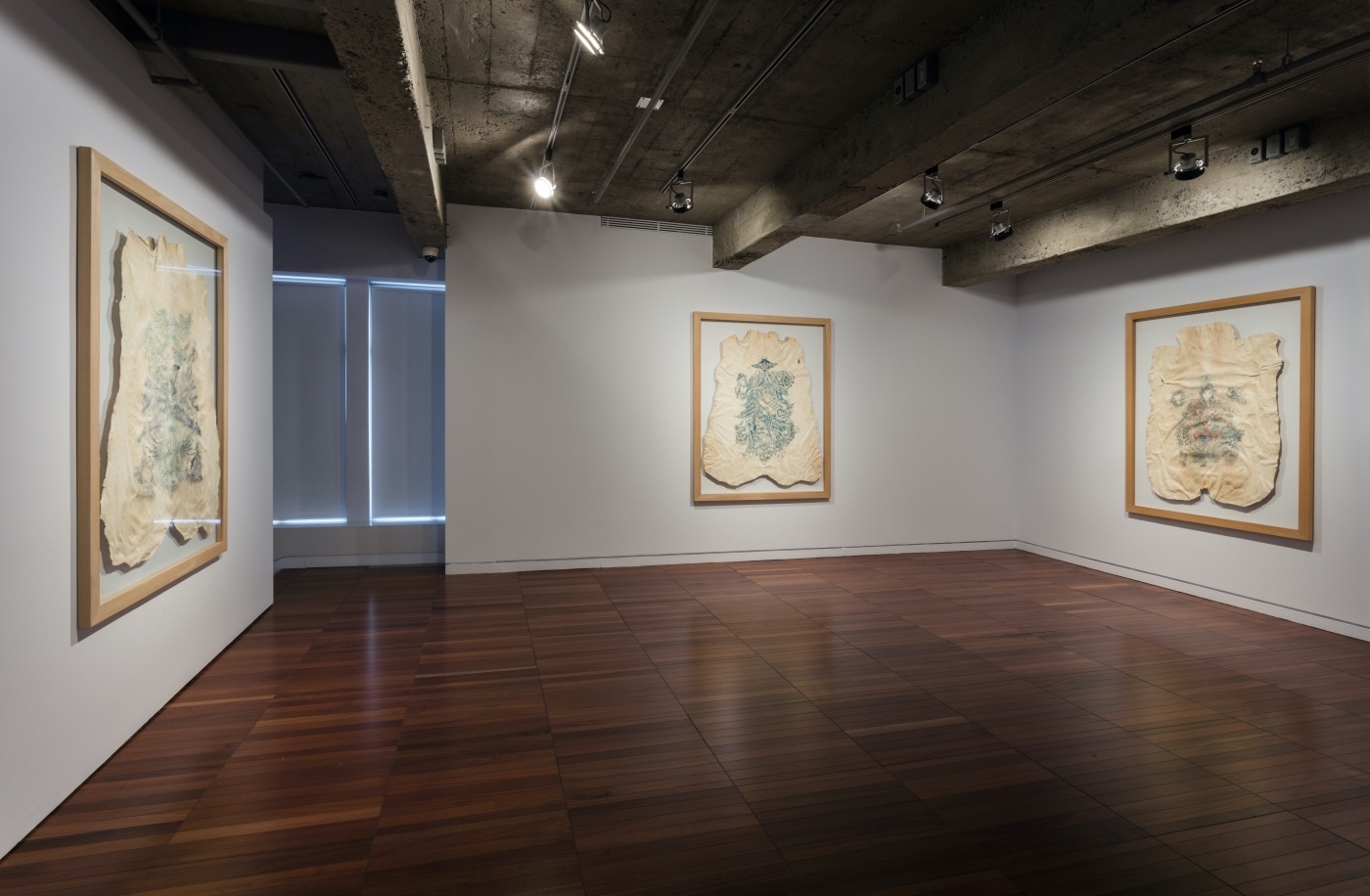
Porcs tatoués et bêtes de foire: l’animal dans l’art de Wim Delvoye
- Learning
Considerations:
Sacred/profane
Raised in predominantly Catholic Flanders, Wim Delvoye confers a religious dimension to many of his works in a way that consistently subverts or questions it. His use of the sacred twists, bends, folds and shakes up institutionalized religion. This sacred is partially cultivated in a underground world of evil, magical forces, in the flesh of a tattooed pig or in the contortions of Christ on the cross.
Suppo Karmanyaka (2012) comprises a twisted Gothic tower with tree roots. Born out of the Middle Ages, the Gothic cathedral reaped the benefits of new architectural techniques such as flying buttresses and ribbed vaults, which allowed them to reach higher towards the heavens and to pierce openings in their walls, letting in abundant, ‘divine’ light through coloured stained glass. Delvoye playfully twists this tower, plunging its roots into the earth towards an unexpected ‘crypt’: the world of Karmanyaka.
In The Brothers Lionheart, the children’s fantasy novel written by Astrid Lindgren, Karmanyaka is a land over which a tyrant named Tengil reigns. The novel is a story of love between two brothers, Karl and Jonathan. One terminally ill and the other dead from an accident, the children find themselves catapulted into a parallel world where they take up resistance against the evil of Tengil and the dragon Katla. Here, Delvoye replaces traditional religion’s disembodied Divine with another kind of sacred, one buried in the fertile ground of a children’s myth.
In The Sacred in Everyday Life, a lecture given in 1938 to members of The College of Sociology, [1] philosopher Michel Leiris proposes a definition of the sacred that sheds light on that of Delvoye. Leiris asks himself: “What, for me, is the sacred? To be more exact; what does my sacred consist of? What objects, places, or occasions awake in me that mixture of fear and attachment, that ambiguous attitude caused by the approach of something simultaneously attractive and dangerous, prestigious and outcast — that combination of respect, desire, and terror that we take as the psychological sign of the sacred? [2]”
For Leiris, the sacred hides in the profanity of daily life, and childhood is the moment to detect it: as a child himself, he and his brother embraced household objects and corners of their neighbourhood that inspired secret mythologies – a pantheon of extraordinary heros and divinities or dark political machinations [3].
Delvoye’s All American Girl (2005) also incarnates Leiris’s ambivalent, transgressive, and materialist sacred. In this work we find the figure of the Hindu god Ganeshade, half man, half elephant, tattooed on a pigskin. Both our gaze and our bodies are revolted by the stretched pigskin and by the image of the artist tattooing an anesthetized pig. At the same time, the subtlety of the drawing and the meticulousness of the ornamentation are inspiring, the shimmering colours delight; ultimately it is here that the gaze lingers. Delvoye shows us that flesh, matter, animality, and polytheism are not suspect realities we must transcend in order to reach the Divine; on the contrary, we must immerse ourselves and experience them so that we may discover our sacred.
In an irreverent relationship, the god Ganesha is tied to the figure of the “All-American Girl”. What does this combination reveal to us? To what type of cult does the artist invite us?
The image of Christ on the cross repeats itself throughout the exhibition and is subjected to all types of bends and twists. How does this formal intervention transform our conventional understanding of this figure?
[1] The College of Sociology was founded by Georges Bataille, Roger Caillois and Michel Leiris in 1937.
[2] HOLLIER, Denis (1988) (Ed.). The College of Sociology (1937-39). Minneapolis: University of Minnesota Press, p. 24.
[3] LEIRIS, Michel (2016 [1938]). Le sacré dans la vie quotidienne. Paris: Éditions Allia, p. 17.
Wim Delvoye: Movements is a tool designed by DHC/ART Education to encourage visitors to develop and elaborate on some key concepts of the exhibition Wim Delvoye. These concepts are commodification, twist, ornament, and sacred/profane.
Author: Marie-Hélène Lemaire
Marie-Hélène Lemaire is Head of Education at the PHI Foundation for Contemporary Art. She holds a Ph.D. in Communications Studies at Concordia University that focuses on developing a movement-based pedagogy for guided group visits in contemporary art exhibitions. Using a feminist pedagogy of embodiment, new materialist and poetic inquiry approaches, she aims to privilege and validate sensorial, sensuous and affective engagements with contemporary art. She has published in The Journal of Museum Education (2021), the Canadian Review of Art Education (2021), and Muséologies (2018). She also nurtures a poetic writing practice for developing, facilitating, and interpreting curricula for guided visits, as well as to express her own personal aesthetic engagements. She is committed to epistemic justice in the arts.

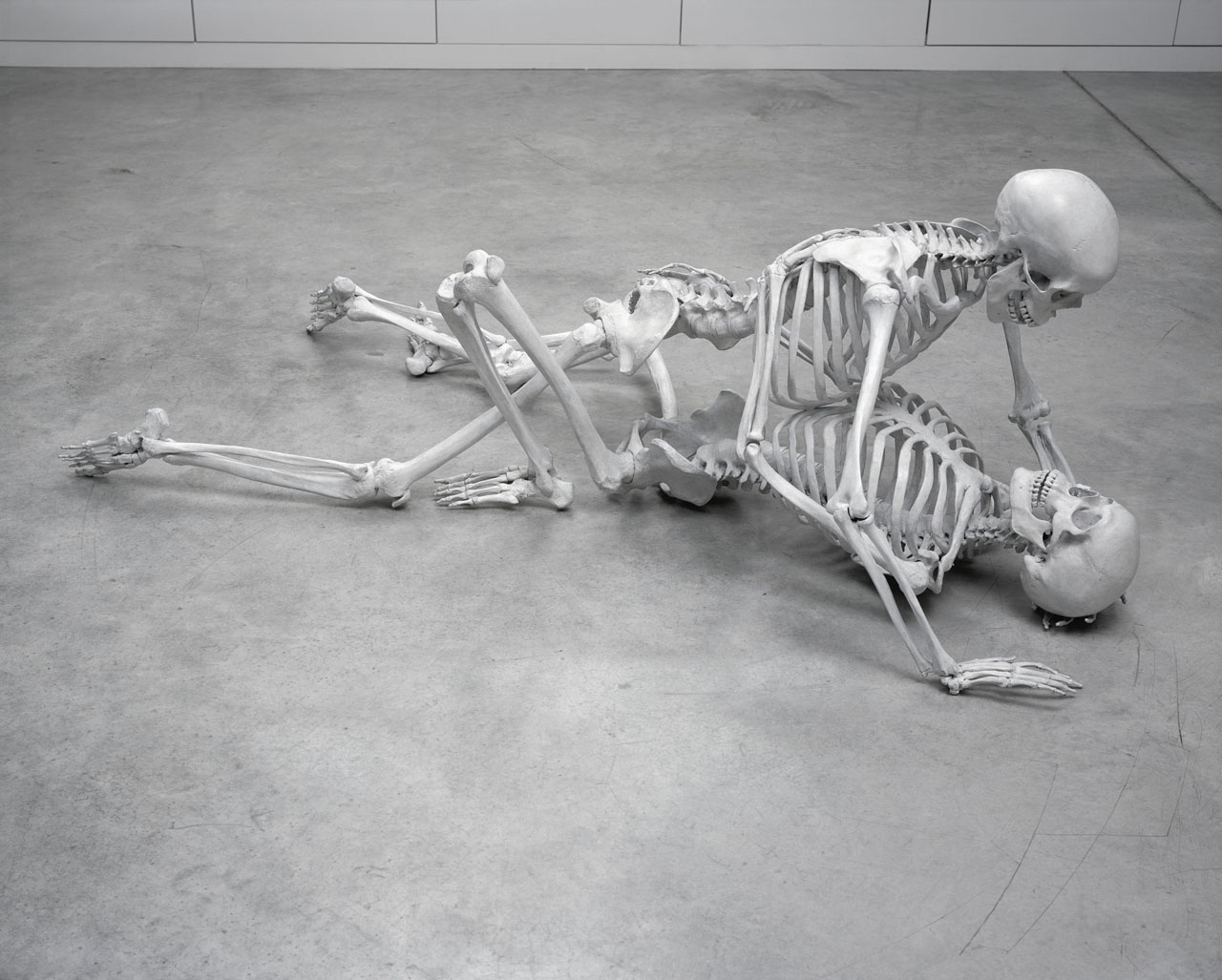
Foundation
Gathering over forty recent works, DHC/ART’s inaugural exhibition by conceptual artist Marc Quinn is the largest ever mounted in North America and the artist’s first solo show in Canada
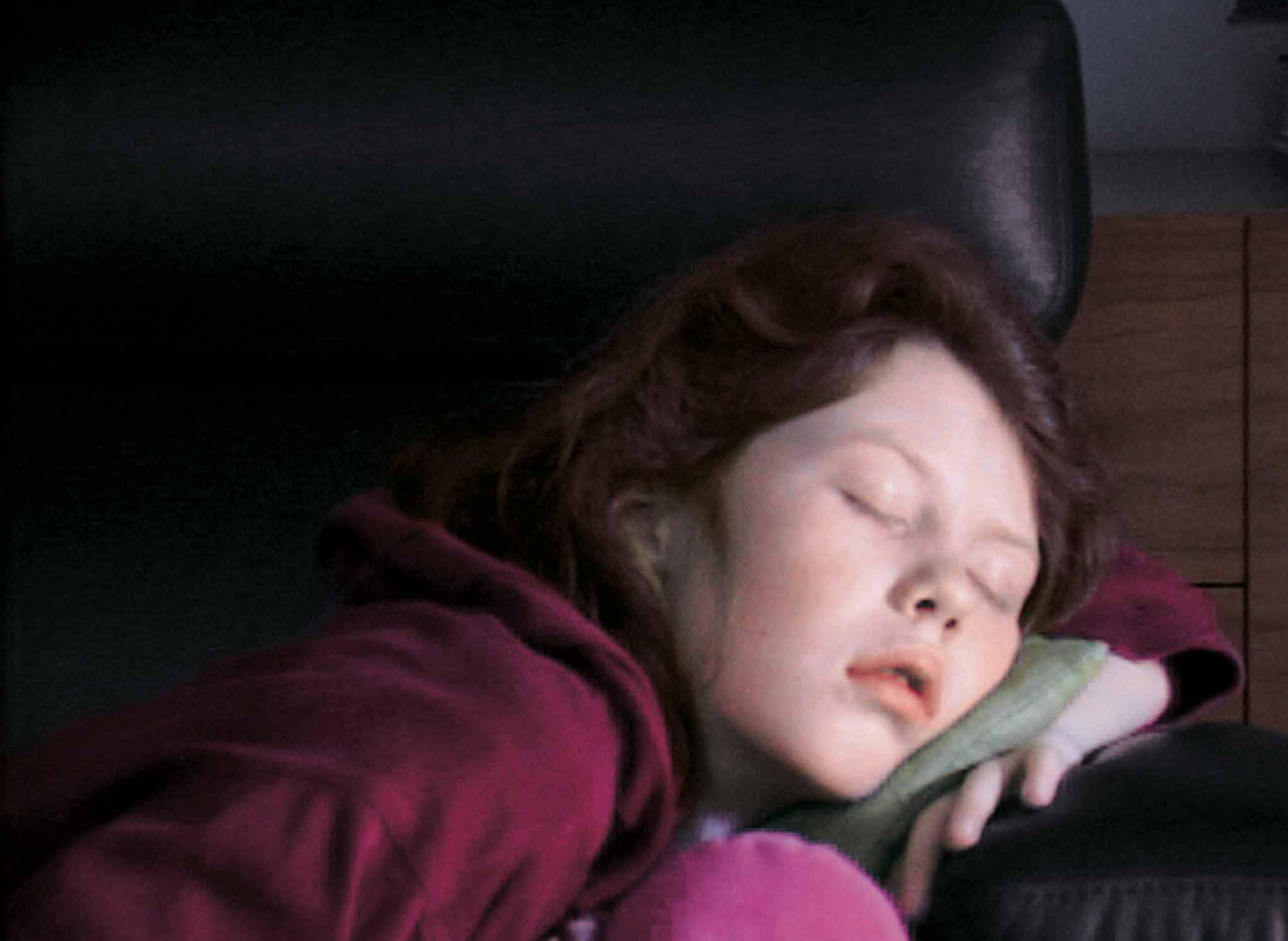
Foundation
Six artists present works that in some way critically re-stage films, media spectacles, popular culture and, in one case, private moments of daily life
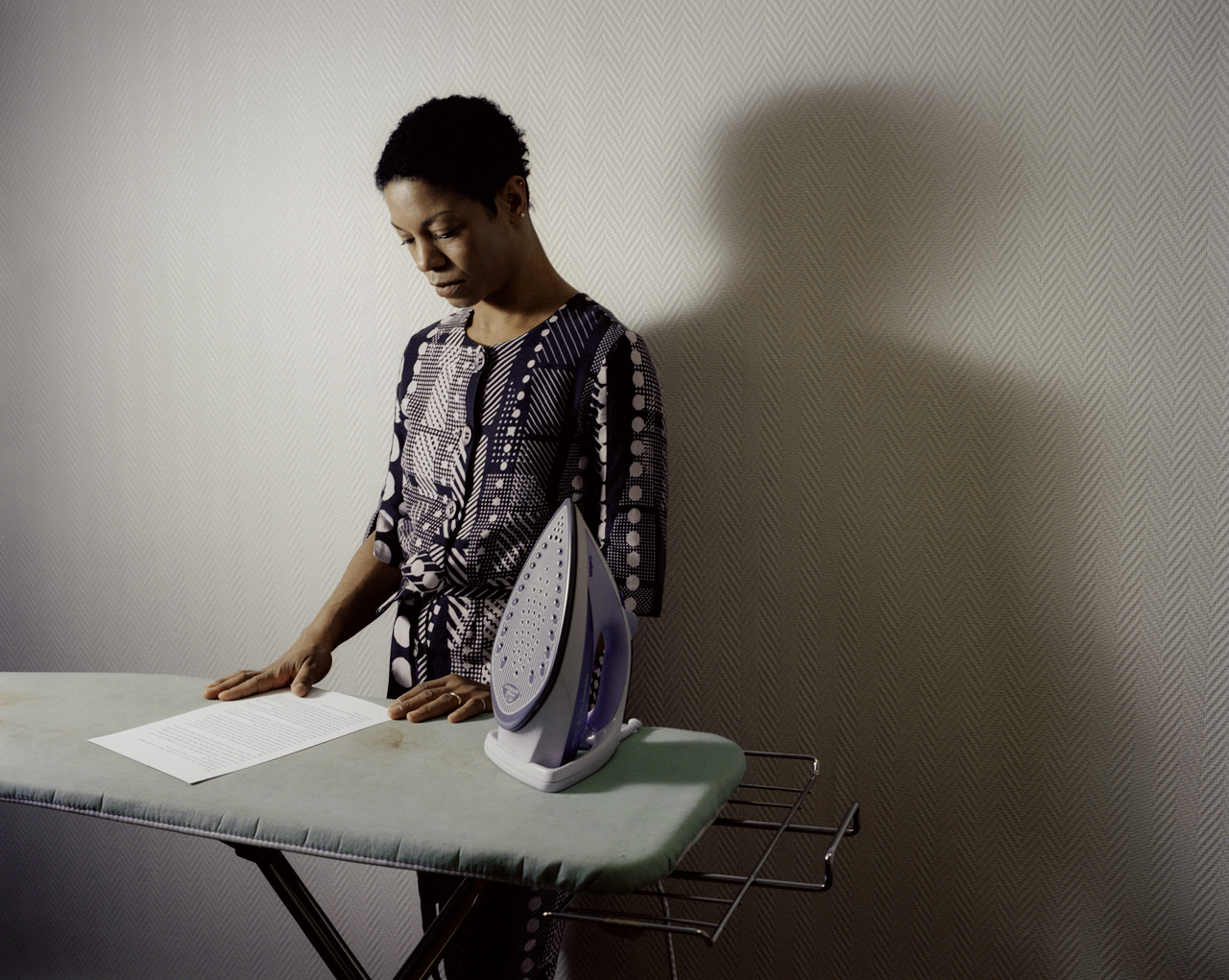
Foundation
This poetic and often touching project speaks to us all about our relation to the loved one

Foundation
DHC/ART Foundation for Contemporary Art is pleased to present the North American premiere of Christian Marclay’s Replay, a major exhibition gathering works in video by the internationally acclaimed artist
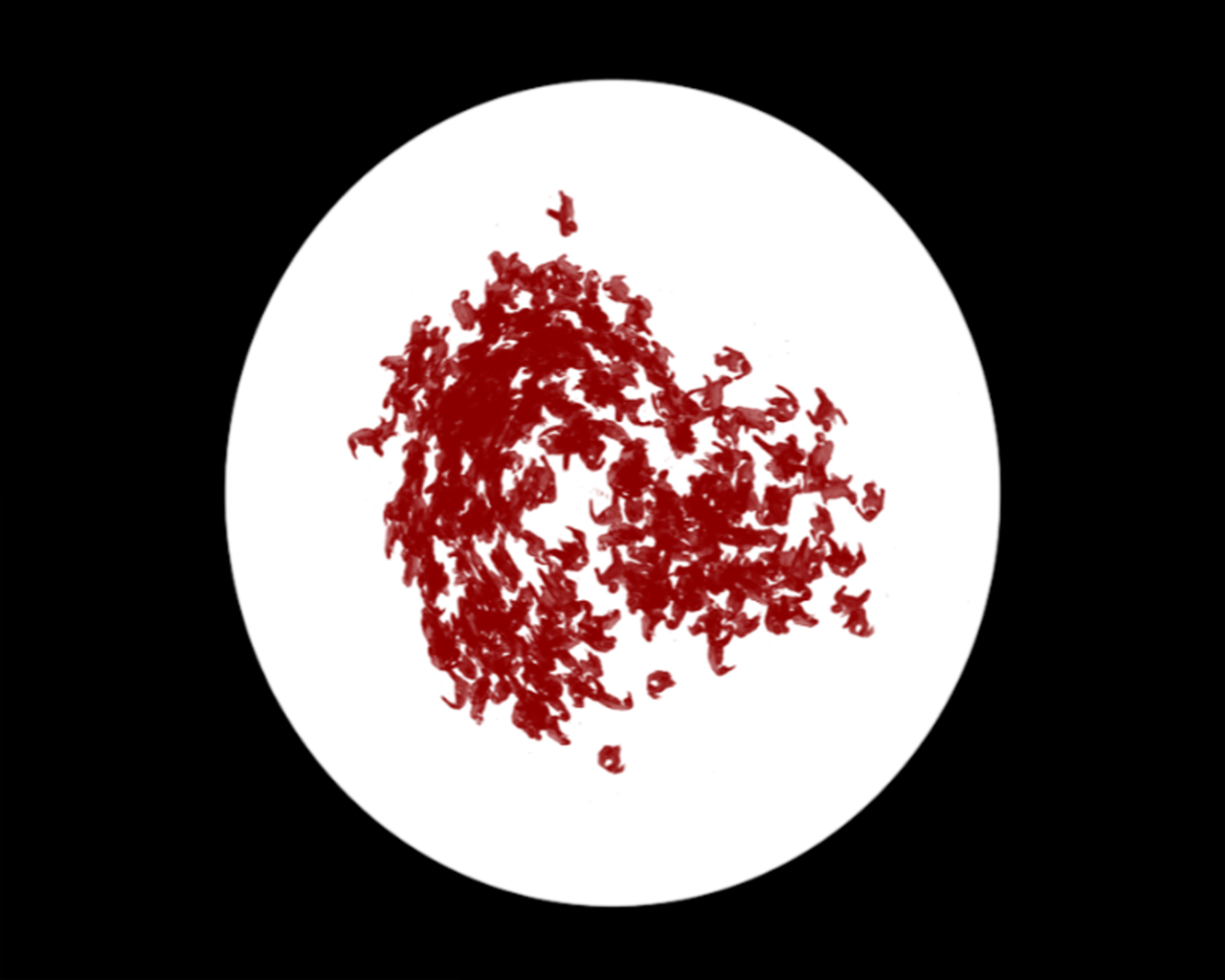
Foundation
DHC/ART is pleased to present Particles of Reality, the first solo exhibition in Canada of the celebrated Israeli artist Michal Rovner, who divides her time between New York City and a farm in Israel
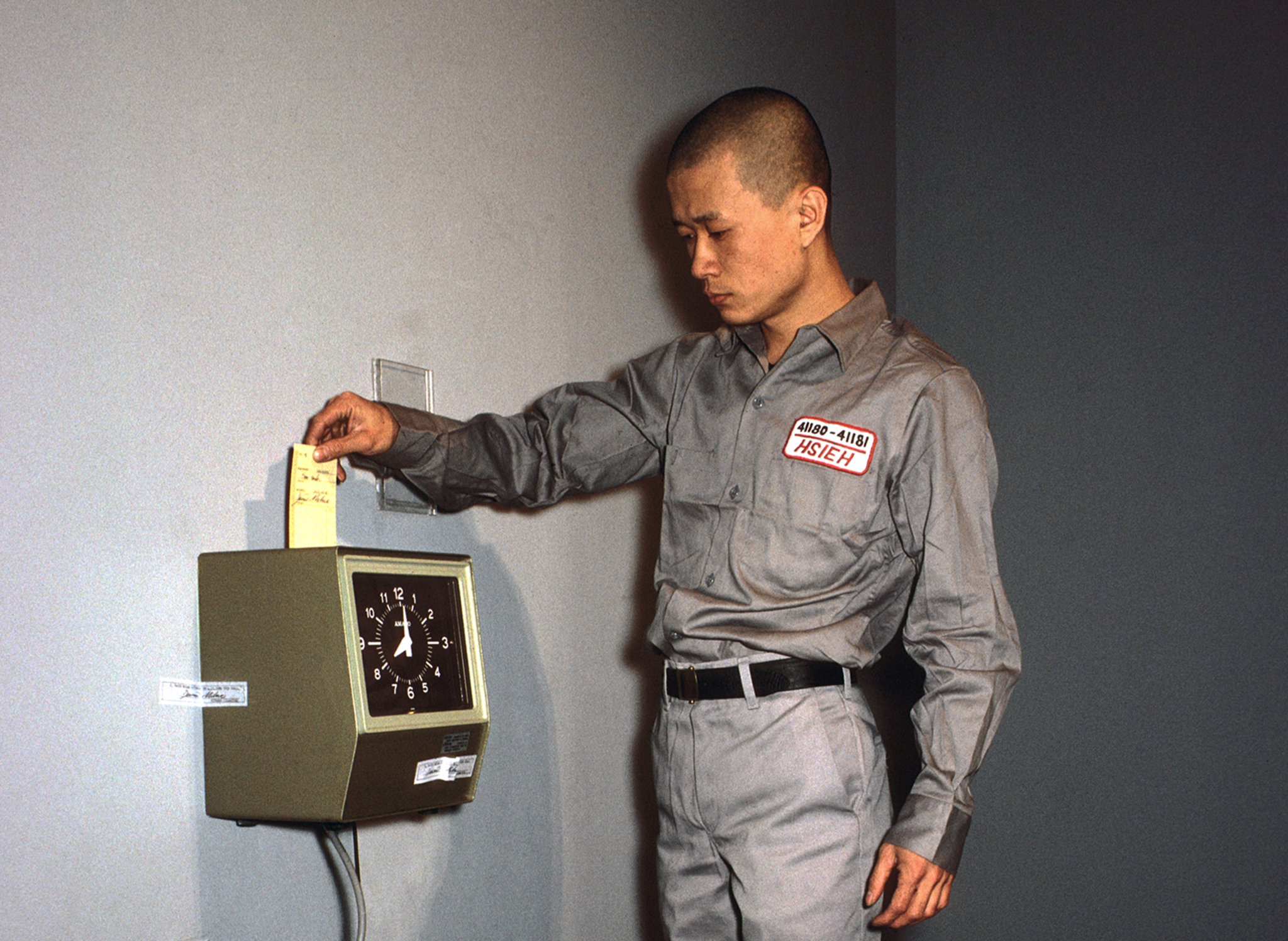
Foundation
The inaugural DHC Session exhibition, Living Time, brings together selected documentation of renowned Taiwanese-American performance artist Tehching Hsieh’s One Year Performances and the films of young Dutch artist, Guido van der Werve
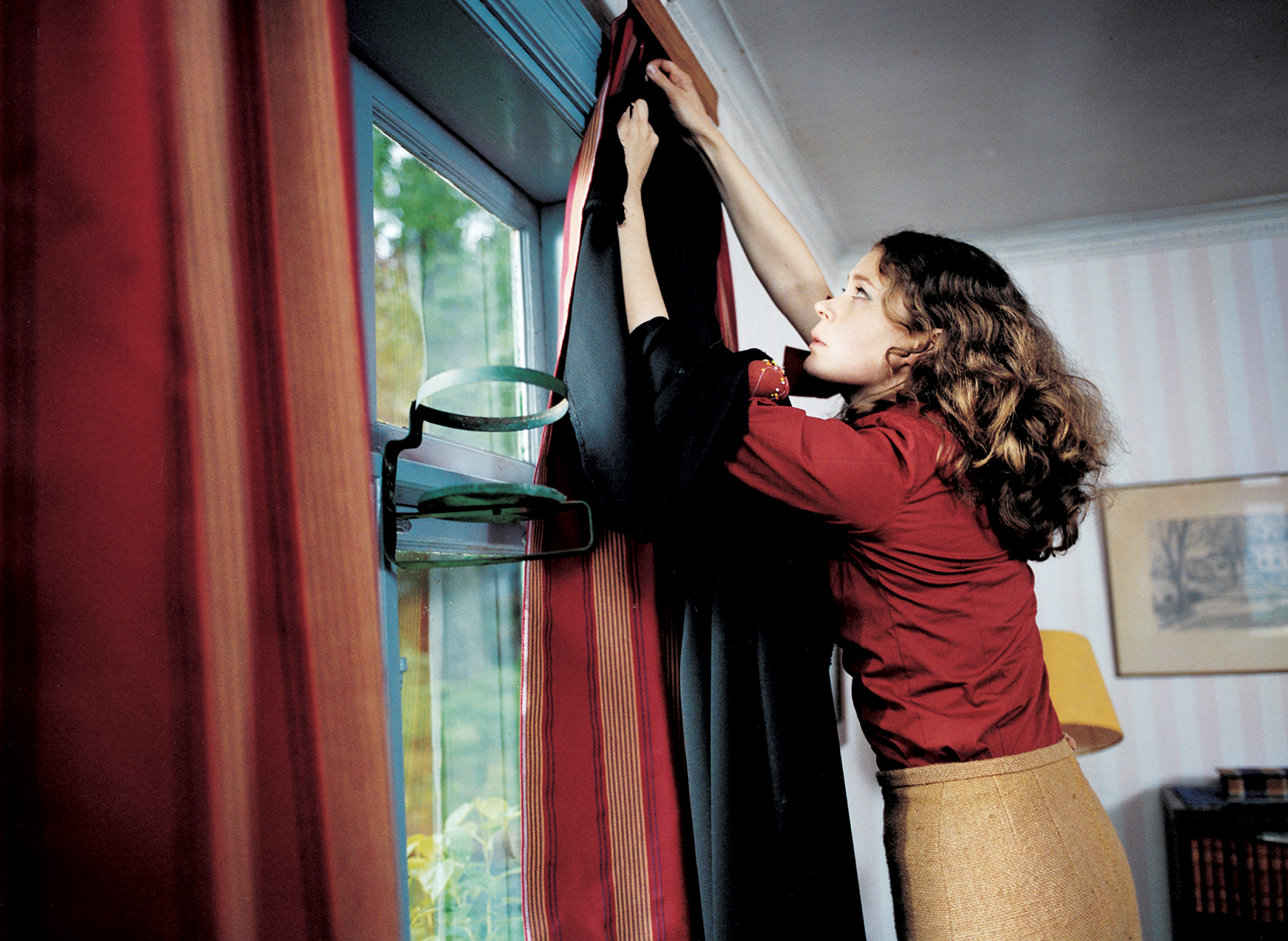
Foundation
Eija-Liisa Ahtila’s film installations experiment with narrative storytelling, creating extraordinary tales out of ordinary human experiences
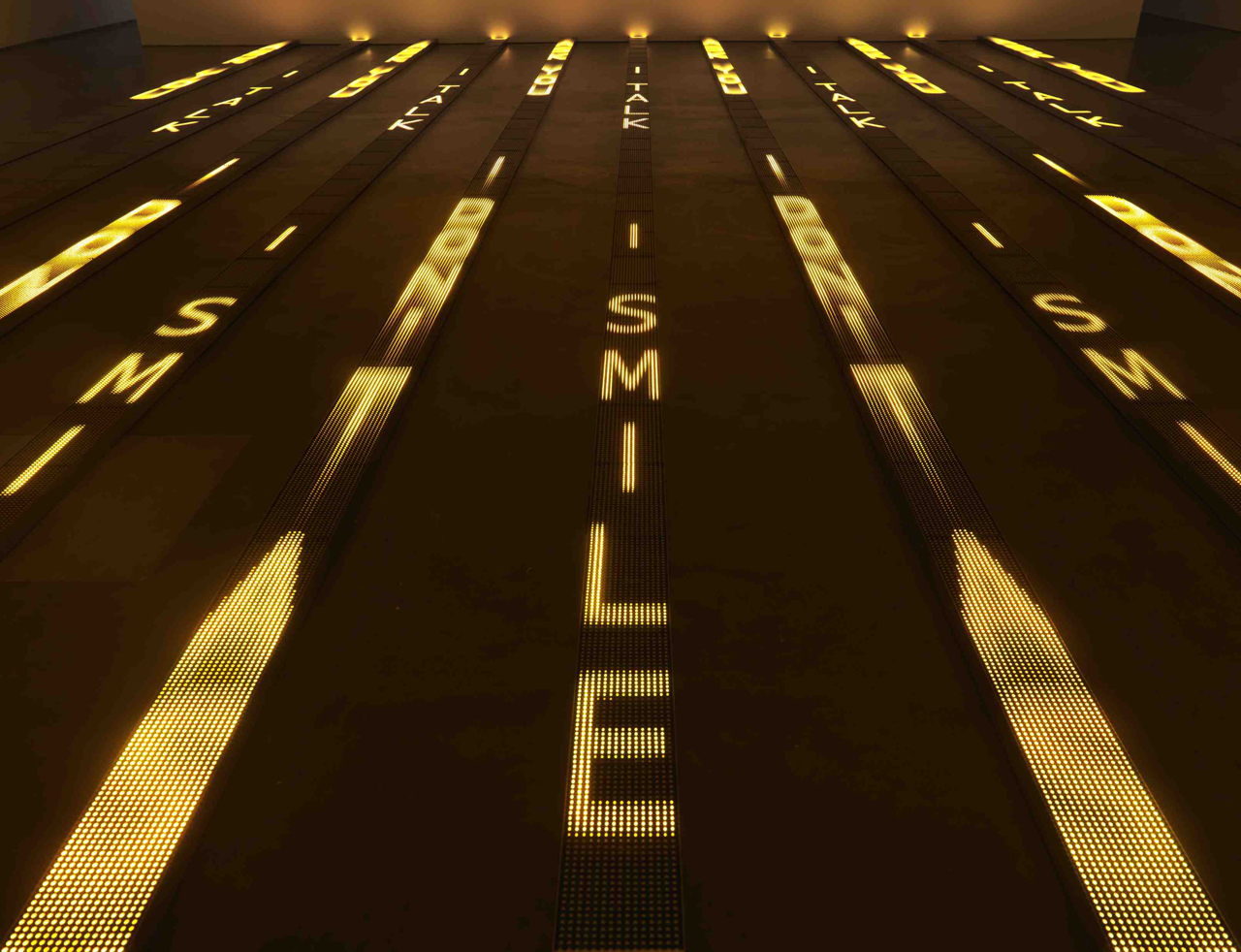
Foundation
For more than thirty years, Jenny Holzer’s work has paired text and installation to examine personal and social realities